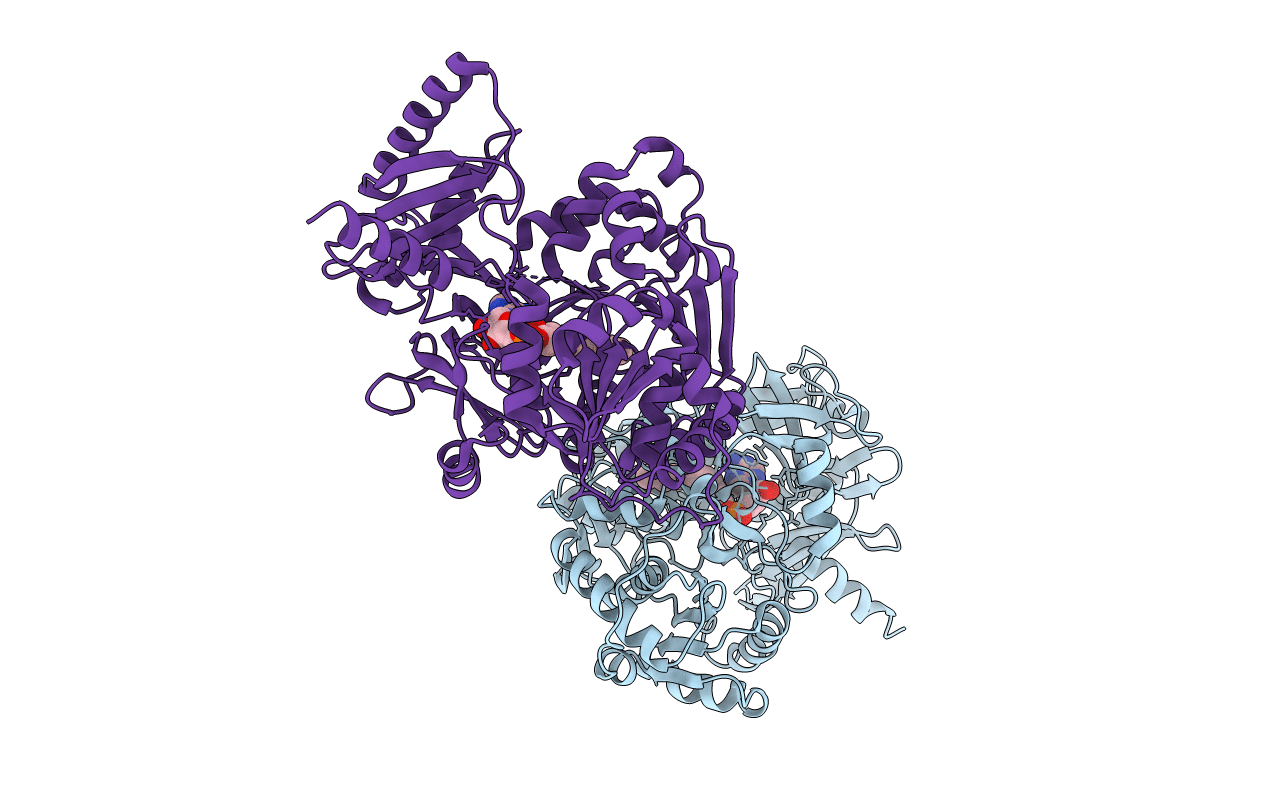
Deposition Date
2010-10-20
Release Date
2010-12-22
Last Version Date
2024-11-27
Entry Detail
PDB ID:
3PBK
Keywords:
Title:
Structural and Functional Studies of Fatty Acyl-Adenylate Ligases from E. coli and L. pneumophila
Biological Source:
Source Organism:
Escherichia coli (Taxon ID: 217992)
Host Organism:
Method Details:
Experimental Method:
Resolution:
3.00 Å
R-Value Free:
0.25
R-Value Work:
0.19
R-Value Observed:
0.19
Space Group:
P 21 21 21


